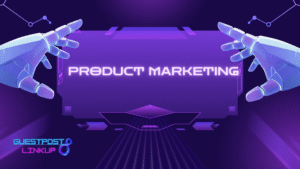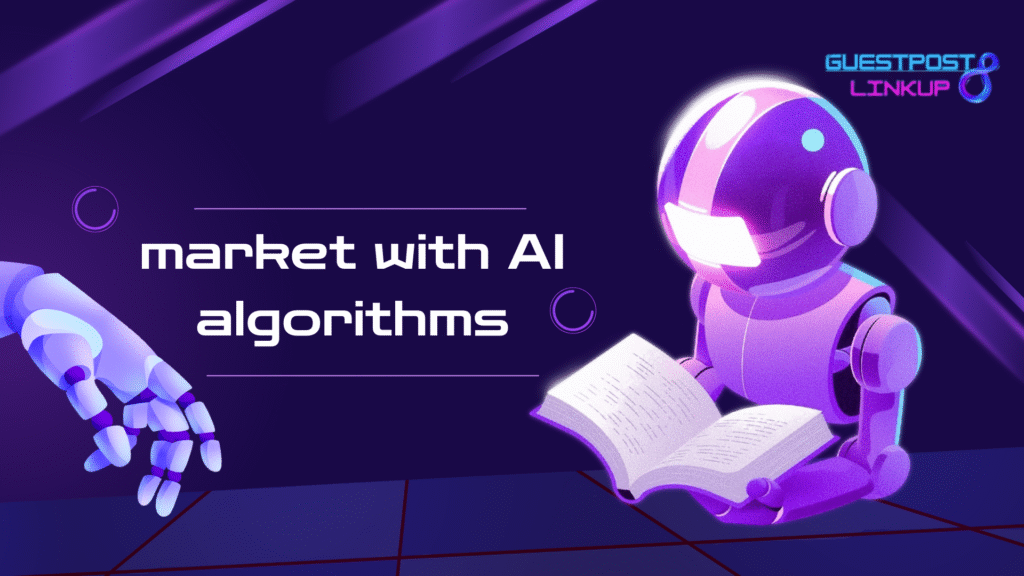
In 2025, You Don’t Market Products — You Market Algorithms
How are algorithms changing digital marketing in 2025?
You don’t sell a product anymore—you sell how it’s discovered. That’s the game now. The real driver behind successful marketing in 2025 isn’t flashy slogans or big discounts—it’s the algorithm. Whether it’s TikTok’s content feed, Google’s ranking system, or Meta’s ad delivery AI, every platform is governed by algorithms. If you’re not marketing to them, your human audience might never see you at all.
Let’s break down why algorithms have become the most powerful middlemen in the digital economy—and what smart marketers are doing about it.
1. From Audience-Centric to Algorithm-Centric
How are algorithms changing digital marketing in 2025?
Because platforms like Instagram Reels, YouTube Shorts, and TikTok are powered by algorithms that decide what to show next, your content strategy must now start with them. These algorithms prioritize things like watch time, engagement rate, and even the emotional tone of a post.
That means brands are optimizing for behavior metrics rather than just user preferences.
You’re not thinking: “What will my customer like?”
You’re thinking: “What will the algorithm want to boost?”
This shift has fundamentally changed campaign planning, creative direction, and budget allocation.
2. Why do algorithms matter more than products now?
Because most customers never see your product unless the algorithm approves it. Sad but true.
In 2025, you can have the best-designed SaaS tool or the most eco-friendly skincare brand, but if you don’t align with the algorithm’s priorities—content velocity, interaction signals, consistency—you’ll stay invisible.
Let’s say you launch a product and spend $10,000 on paid media. Unless your ad matches the “ideal” pattern the platform wants (CTR, time-on-screen, comments), your money’s gone.
Why do algorithms matter more than products now?
Because the gatekeeper isn’t your audience anymore—it’s the machine that feeds your audience.
3. How to market with AI algorithms?
This is the question everyone’s racing to answer in 2025.
Marketers are using predictive analytics tools and AI-powered trend trackers to guess what the algorithm will favor next. Some agencies are even building “algorithm-first content”—where copy, visuals, even the posting time are designed specifically to game the system.
How to market with AI algorithms?
Here are some top practices in 2025:
- Use AI tools like ChatGPT, Jasper, or Copy.ai to A/B test headlines before posting.
- Analyze short-form video trends (hook length, pacing, transitions).
- Optimize every piece of content for a platform’s micro-behavior metrics—like hold time, dwell time, scroll-back rate, and share frequency.

4. Can algorithm-based marketing replace traditional strategies?
It already has in many industries.
Brands that still rely on static websites and once-a-week newsletters are losing ground. In 2025, can algorithm-based marketing replace traditional strategies? Absolutely—and it often does better.
Let’s look at some examples:
- Fashion brands now launch collections based on real-time TikTok trend feedback, not seasonal schedules.
- Fitness coaches are skipping full websites in favor of Reels-based conversion funnels.
- Restaurants are using viral menu hacks to get discovered instead of local SEO.
That said, this doesn’t mean storytelling, branding, and long-term strategy are dead. They’re just delivered through the algorithm’s lens.
5. Dependency? Yes. Opportunity? Also yes.
How are algorithms changing digital marketing in 2025?
They’ve made the game harder—and smarter.
Yes, we’ve become dependent on platforms. But dependency isn’t always bad. If you understand how the machine works, you can win. It’s not about cheating the system. It’s about working with it, the same way SEO experts learned how Google ranks pages.
Here’s the upside:
- Smaller brands now have a real chance to go viral without ad spend.
- Creators are becoming entrepreneurs by mastering the algorithm’s flow.
- AI tools help small teams scale content the way large studios used to.
But here’s the downside:
- Creativity is getting shaped to “what works.”
- Original ideas may get filtered out by pattern-based prioritization.
- People are losing the patience to experiment outside of what performs.
That’s why marketers must remember:
You’re not just marketing to humans through algorithms.
You’re also marketing for algorithms to reach humans.
6. The Rise of “Algorithm Whisperers” in Marketing
In 2025, marketing teams are hiring a new role: Algorithm Whisperers. These aren’t just data analysts—they’re behavioral engineers who study patterns in feed behavior, ad auctions, and social triggers.
They ask:
How are algorithms changing digital marketing in 2025?
By replacing intuition with data feedback loops.
These professionals are:
- Tracking micro-metrics by the hour
- Reverse-engineering viral content
- Building AI workflows that publish based on predicted engagement surges
It’s not about guessing anymore. It’s about decoding.
7. What Does This Mean for Your Brand?
If you’re still planning your content around products and features, you’ve already lost ground.
Why do algorithms matter more than products now?
Because your message will be filtered, ranked, and possibly buried—before it even reaches a human.
So here’s what to do:
- Think like the platform.
- Create like a storyteller.
- Measure like a scientist.
- And above all, adapt like an algorithm.
8. Conclusion: Marketing in the Age of Algorithms
How are algorithms changing digital marketing in 2025?
They’ve changed everything—from what we create to how we think about success.
But here’s the final word:
You can fight the algorithm.
Or you can feed it wisely.
Let your brand be human—but learn to speak algorithm.

Nice blog
thanks
[…] while Google’s algorithm probably won’t favor it, including LLM.txt may help your content appear in AI-synthesized […]